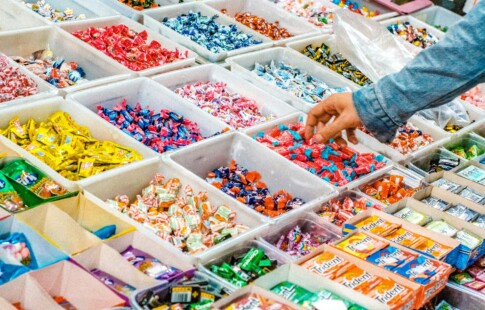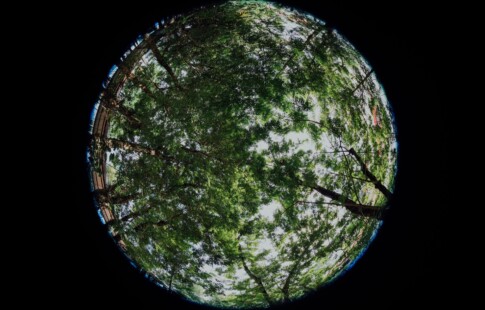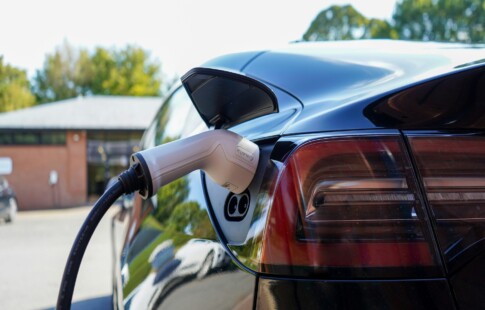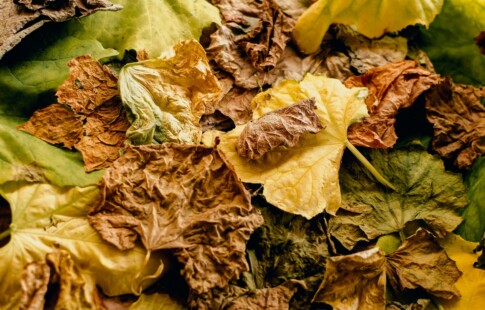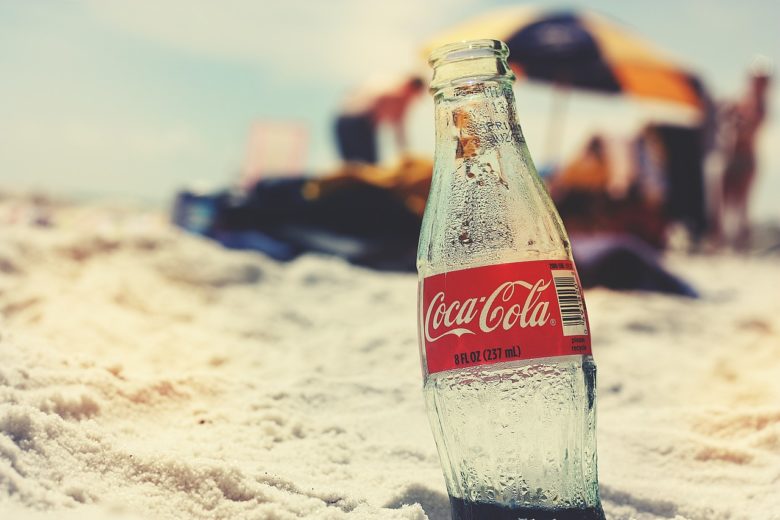
Coca-Cola’s Plastic Pollution Problem
We are reader-supported. When you buy through links on our site, we may earn affiliate commission.
Throughout the world, massive corporations make substantial contributions to climate change. But as of late, many businesses have started to incorporate green initiatives. From Toyota Motors to Unilever — which owns brands like Dove and Lipton — there are a host of companies that seek out sustainable efforts. But what about the globe’s largest supplier of soft drinks, the Coca-Cola Company? Take a look at Coca-Cola’s plastic pollution problem.
How Corporations Greenwash Consumers
In the 1960s, the hotel industry began to ask their guests to reuse their towels. This way, they’d contribute to saving the environment. But in reality, hotel managers wanted to save money on water. About 20 years later, an activist named Jay Westerveld used this trend to coin the term “greenwashing.” This phrase refers to a company that markets itself as eco-friendly but doesn’t take any meaningful actions to help the environment.
Today, it’s not uncommon for businesses to greenwash. In 2013, Westinghouse created an ad about nuclear energy’s positive impact. Unfortunately, they didn’t state that they’d concealed flaws in their reactor designs — which eventually lead to contaminated groundwater. The same year, Coca-Cola released sustainable bottles made from plants, called PlantBottle. Upon further review, organizations realized they hadn’t done what they’d promised in designing these new containers.
It’s hard to nail down every instance of greenwashing. But Coca-Cola’s influences extend beyond empty campaigns and promises.
Coca-Cola’s Troubled Past
You can trace Coca-Cola’s environmental issues to the early 2000s. These concerns encompass problems like water scarcity and plastic pollution, which are ecological harms that have only increased in urgency in recent years.
Bottle Plants Create Water Scarcity
The company went to Kerala, a coastal Indian state, to build a massive bottling plant. Soon, locals began to notice an issue with their water supply system. The resource wasn’t as abundant or drinkable, and residents eventually put two and two together. Though officials shut down the plant, many of the areas haven’t recovered to this day.
Another state in India, Tamil Nadu, asked store owners to remove Coca-Cola products from their shelves. Many farmers had complained about groundwater depletion resulting from the company’s bottle production. Madhya Pradesh, a third Indian state, encountered similar issues in 2016.Today, Coca-Cola promises to give back as much water as they use. But investigations show that’s not the case by far.
World’s Largest Plastic Polluter
Coca-Cola’s most substantial environmental harms involve plastics. Our planet’s plastic pollution issue has continued to grow since the material’s inception in 1872. The company made the switch from glass bottles in the 1950s and quickly became the world’s largest plastic polluter. That’s a significant problem, as much of this waste ends up in our oceans. In 2017, Greenpeace, an environmental organization, conducted an extensive report on Coca-Cola’s plastic usage. They discovered that despite the company’s renewable efforts, they weren’t on track to reach specific targets. The group stated that Coca-Cola has lobbied against deposit return programs that provide incentives to recycle. Greenpeace concluded that the company emphasized the consumer’s role in pollution — but refused to take any blame themselves.
Has Coca-Cola Tried to Change?
In recent years, Coca-Cola has adjusted their business practices. On their website, they detail several initiatives, like carbon footprint reduction and plastic bottle recycling. They’ve also made an effort to increase their water-use efficiency and replenishment. Like Pepsi and Nestlé, Coca-Cola takes numerous strides to mitigate their contributions to plastic pollution. But a lot more needs to be done.
Last year, Coca-Cola announced a new HybridBottle, which would consist of recycled elements. They plan to sell aluminum cans, as well. These goals could indeed reduce their plastic waste output. That said, they’d still use plastic — and hundreds of thousands of containers and bottles continue to wash up on beaches every day. This material harms our oceans’ marine wildlife and habitats on a significant level.
So, while the company outlines eco-friendly endeavors, not much can change until they commit to plastic-free bottles. It seems as though they’d move toward that direction. But at the 2020 World Economic Forum, Coca-Cola’s head of sustainability stated otherwise. The company can’t pursue plastic-free bottles, as their customers enjoy their convenience.
The Verdict: Good and Bad
Coca-Cola and other large corporations may never be fully sustainable unless significant growth happens. The company’s past isn’t admirable, but we can say they’ve become aware of their actions — at least somewhat. Thanks to climate change activists and spokespeople everywhere, many big businesses have started to take the proper steps.
But so long as Coca-Cola uses plastic bottles, recycled or not, they’ll continue adding to our world’s plastic pollution crisis. As the globe’s most significant contributor to plastic pollution, Coca-Cola needs to build a plan that rids single-use plastic once and for all. It won’t be easy, but it’s a long-overdue endeavor.
Share on
Like what you read? Join other Environment.co readers!
Get the latest updates on our planet by subscribing to the Environment.co newsletter!
About the author

Jane Marsh
Starting from an early age, Jane Marsh loved all animals and became a budding environmentalist. Now, Jane works as the Editor-in-Chief of Environment.co where she covers topics related to climate policy, renewable energy, the food industry, and more.
